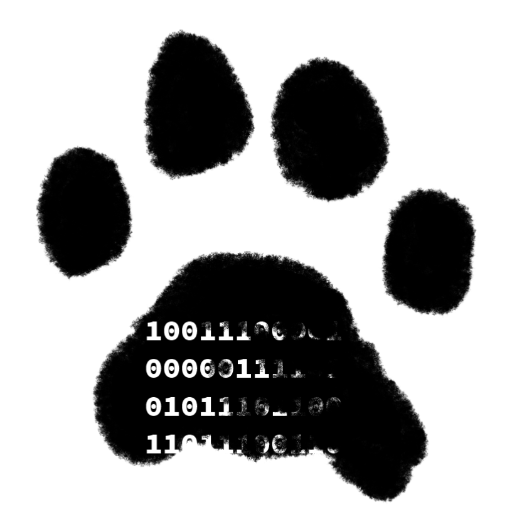TL; DR
I have spoken with many people who do not know what a good retrospective looks like. I can tell you it feels a little awkward, but everyone agrees that something was discovered. Also, the action item from the retro does not require any person to be a better person.
 Photo by Helena Lopes from Pexels
Photo by Helena Lopes from Pexels
Signs of success
Protecting the awkward
People need to feel safe to express what they are feeling. They also must have the skill to express their feelings in a safe way. The sharing of genuine emotion is key to having a successful retro.
Sharing of such emotion is awkward. People will become vulnerable as these emotions surface. It is essential to protect these awkward moments and allow them to happen. We must not react in a way that stops those feeling from being shared.
We cannot expect people to be able to share all emotions immediately, if at all. However, as participants in a retrospective, we are looking for one emotion we can share about the topic, especially one that is not exactly easy to share.
Understanding the emotions that are hard to share allows us to see the edges where learning can take place.
Challenging Ideas
Disagreement is a sign of feeling safe, so having disagreement is healthy, when focused on ideas. By challenging each other’s’ ideas, we forge better ones.
Acceptance of Good Enough
Where we may disagree often, we will also agree to “good enough” almost as often. A healthy retrospective does not mean that every thought has to be refined or polished. We can accept that something is good enough and move on.
Desire to Push the Boundaries
Healthy retrospectives seek not only to do better but to redefine what better means.
Team focus
There is no “I will…”, or “You will…” as outcomes of a retrospective. The vernacular is “We will…”. A healthy retrospective does not ask any person to become a better person, but rather asks the team to carry each other so that the team becomes a better team.
